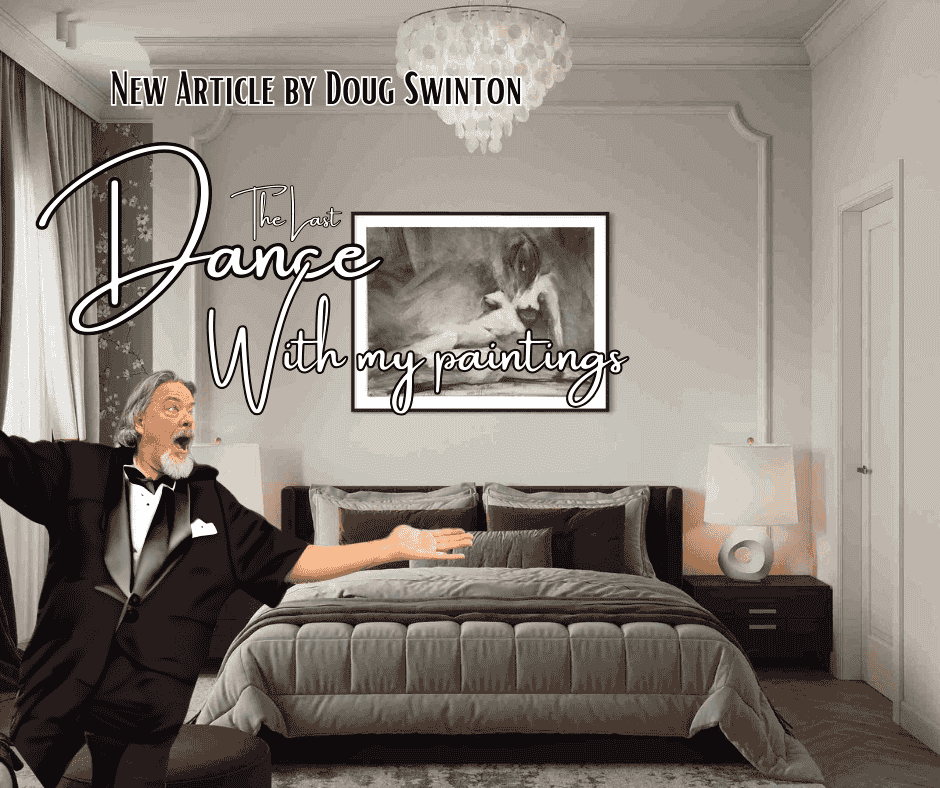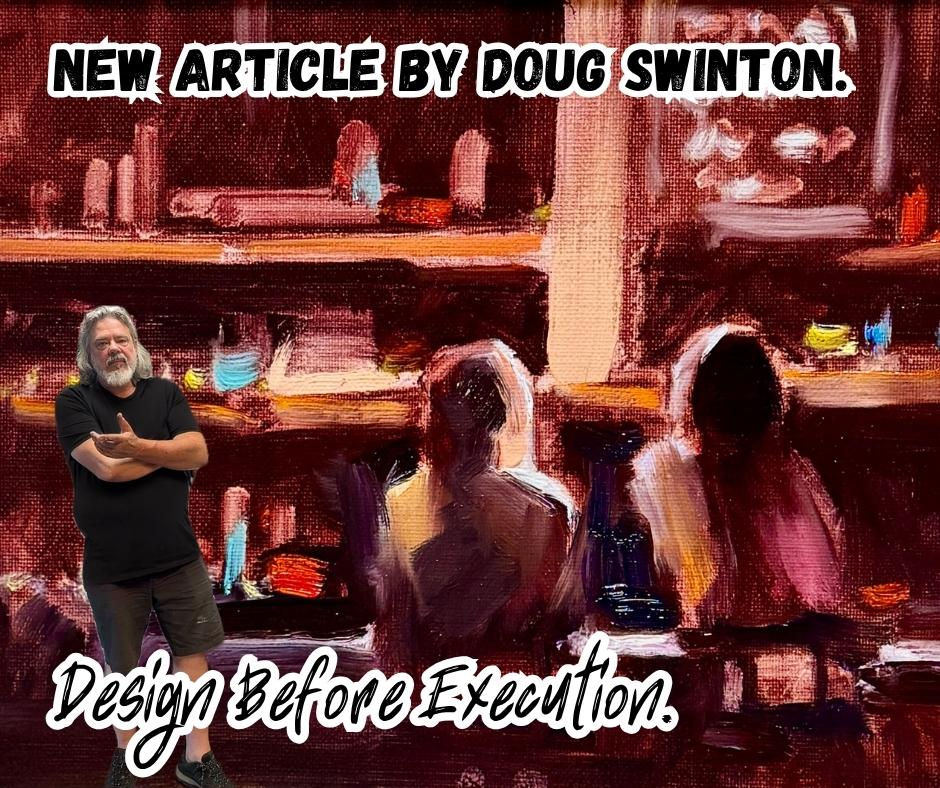7 Reasons Why Figure Drawing is Important for Every Artist
- Doug Swinton

- Apr 9, 2018
- 4 min read
Updated: Dec 21, 2020
Maintaining the practice (and discipline) of the artist.

Even if you don’t have an affinity to draw or paint the figure, you can benefit from figure drawing.
It's largely about training your eye. Just as a musician, dancer or athlete must practice and train to maintain a level of excellence, drawing the figure from life on a regular basis keeps an artist in good form.
Life drawing is taught to many budding artists as an introduction into the world of art, even artists that don’t primarily want to specialize in the human form, because the human body is a complex object which allows an artist to learn about a variety of essential techniques. Observing and interpreting the shape of the human body trains an artist to see almost every form of curve, line, and subtle undulation found in nature.
1. Practise, Practise, Practise.
Just as a musician, dancer or athlete must practice and train to maintain a level of excellence, drawing the figure from life on a regular basis keeps an artist in good form. Life drawing is like calisthenics for the artist. Moreover, attending sessions regularly affords an excellent means to develop a better work ethic. Just as one is more apt to continue an exercise program with companions, drawing in the company of a group provides an incentive to keep practicing. There is no overstating the value of a regimen that keeps one in the activity of drawing, circumventing any number of distractions at home or simply overcoming a case of artist’s block.
Michelangelo wrote in one of his many sketchbooks: “There is no greater harm than that of time wasted. Draw Antonio, draw Antonio, draw and do not waste time.”
2. The whole enchilada.
Life drawing is taught to many budding artists as an introduction into the world of art, even artists that don’t primarily want to specialize in the human form, because the human body is a complex object which allows an artist to learn about a variety of essential techniques. Observing and interpreting the shape of the human body trains an artist to see almost every form of curve, line, and subtle undulation found in nature.
Furthermore, while rendering the figure, an artist is able to witness how the entire body reacts when certain characteristics are present, including posture changes and gestures which can help them evoke an emotion in their own pieces. This translates directly to creating artwork which is not necessarily human focussed.
3. Finding hidden elements.
Although the beauty of a painting is that it is still and unmoving, the true art comes from the ability of the artist to depict a hidden movement within their work. Many artists tend to avoid including dramatic movement in their artwork – as it is often seen as too complex to convey – the movement of the human body can give a detailed insight into the world of movement and fluidity that make art truly sing.
4. Kodachrome.
A photograph rarely offers the subtle variations in vantage point possible when drawing from life. Even the best photographs provide mostly an abundance and even an over-abundance of surface detail, but not the essence of a pose. For the most part, photos are lifeless, cold and full of lies. What could be lost edges becomes hard and direct because the gentle light quality lacks all the delicious subtleties and lays flat and two-dimensional. There is no weight shift, tension points or gestures. It is possible to obtain these elements from a photograph, but only if one understands them first by seeing them in real life.
5. Do you have any idea how fast you’re going?
If you want to get better at what you’re trying you do, try going a little faster. You will very quickly learn where your faults are. Life drawing for the most part involves shorter poses. From quick gestures - 30 seconds to two minutes - to more extended poses – five minutes to thirty minutes or more. The fast pace of life drawing is a happy little bonus that will speed up your regular painting. By learning to make decisions on the fly, you will make quicker more astute decisions in your painting. The faster gestures poses allow you to find the underlying curves, the angles and tension points that makes the pose sing. Quite often it’s the shorter poses that look the most fresh. This freshness is the subtle element that can make a painting really dance.
6. Peeking is allowed.
Rarely do you get to see other artist’s work in process. The group environment allows you to see how others experiment and tackle problems in various ways. You can learn a lot about your own work by seeing a multitude of styles and the multitude of mediums being used.
7. Means to no end.
There is something very liberating and peaceful about life-drawing. Like in a meditation, you are in the moment, without thoughts, lost in time. The set time limit allows you to know when you’re done and it’s no biggie if you didn’t get “finished”. It’s all about the process, and there is another pose coming. The fact that your sketch really means nothing and ends whenever it does, makes for a stress-free time. Simply put, your drawings are what they are - an end to no means.
Happy drawing my friends,
Doug Swinton.








Sarkari Yojana refers to government schemes launched by the Central and State Governments of India to promote social and economic welfare. These schemes aim to support citizens in areas like education, employment, healthcare, housing, agriculture, and financial inclusion. From empowering women and farmers to providing affordable housing and skill development, Sarkari Yojanas play a crucial role in nation-building and improving the quality of life for every Indian.
Sarkari Yojana refers to government schemes launched by the Central and State Governments of India to promote social and economic welfare
Sarkari Yojana refers to government schemes launched by the Central and State Governments of India to promote social and economic welfare
Every tap in chicken jockey clicker upgrades your bird, your speed, and your hilarious domination over the farm world.
The article perfectly explains how figure drawing sharpens the artist’s ability to capture dynamic movement and tension. Mastering those underlying mechanics is crucial, whether you are depicting a subtle pose or a complex, high-energy action like an **orbit kick**. That deep observational training translates across all subjects.